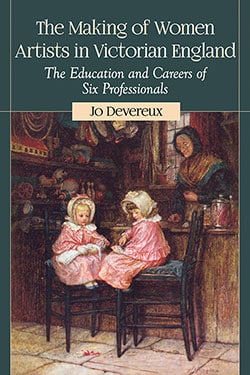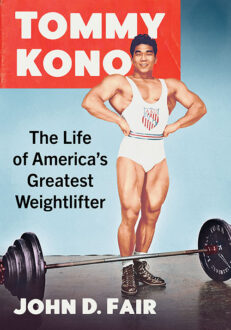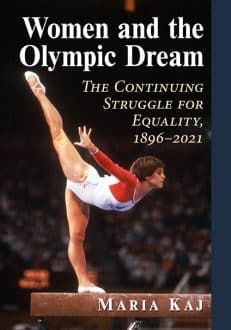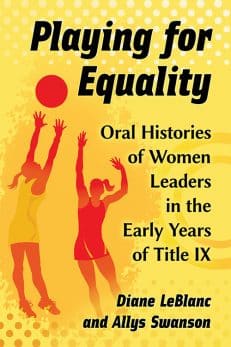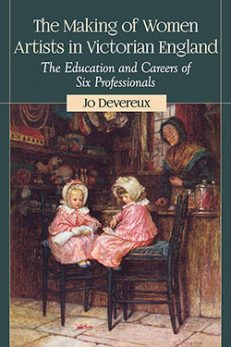The Making of Women Artists in Victorian England
The Education and Careers of Six Professionals
$39.95
In stock
About the Book
When women were admitted to the Royal Academy Schools in 1860, female art students gained a foothold in the most conservative art institution in England. The Royal Female College of Art, the South Kensington Schools and the Slade School of Fine Art also produced increasing numbers of women artists.
Their entry into a male-dominated art world altered the perspective of other artists and the public. They came from disparate levels of society—Princess Louise, the fourth daughter of Queen Victoria, studied sculpture at the National Art Training School—yet they all shared ambition, talent and courage.
Analyzing their education and careers, this book argues that the women who attended the art schools during the 1860s and 1870s—including Kate Greenaway, Elizabeth Butler, Helen Allingham, Evelyn De Morgan and Henrietta Rae—produced work that would accommodate yet subtly challenge the orthodoxies of the fine art establishment. Without their contributions, Victorian art would be not simply the poorer but hardly recognizable to us today.
About the Author(s)
Bibliographic Details
Jo Devereux
Format: softcover (6 x 9)
Pages: 264
Bibliographic Info: 41 photos, appendix, notes, bibliography, index
Copyright Date: 2016
pISBN: 978-0-7864-9409-5
eISBN: 978-1-4766-2604-8
Imprint: McFarland
Table of Contents
Table of Contents
Acknowledgments vii
Preface 1
Introduction 5
One. Women Artists’ Networks at the South Kensington, Royal Academy and Slade Schools, 1860–1910 25
Two. “The golden spectacles”: Reading Kate Greenaway through Her Mentors 48
Three. “On the line” at the Royal Academy: Elizabeth Butler and Motion 81
Four. The Iconography of “Happy England”: Helen Allingham’s Genre Paintings 109
Five. Galatea Reversed: Princess Louise and Nineteenth-Century Women Sculptors. 134
Six. “The spirit which animated the workers”: Evelyn De Morgan’s Aesthetic Mannerism 164
Seven. “[Un]winding the Skein”: Henrietta Rae and the Undraped Nude 191
Appendix: Artists and Schools 225
Chapter Notes 227
Bibliography 241
Index 249

